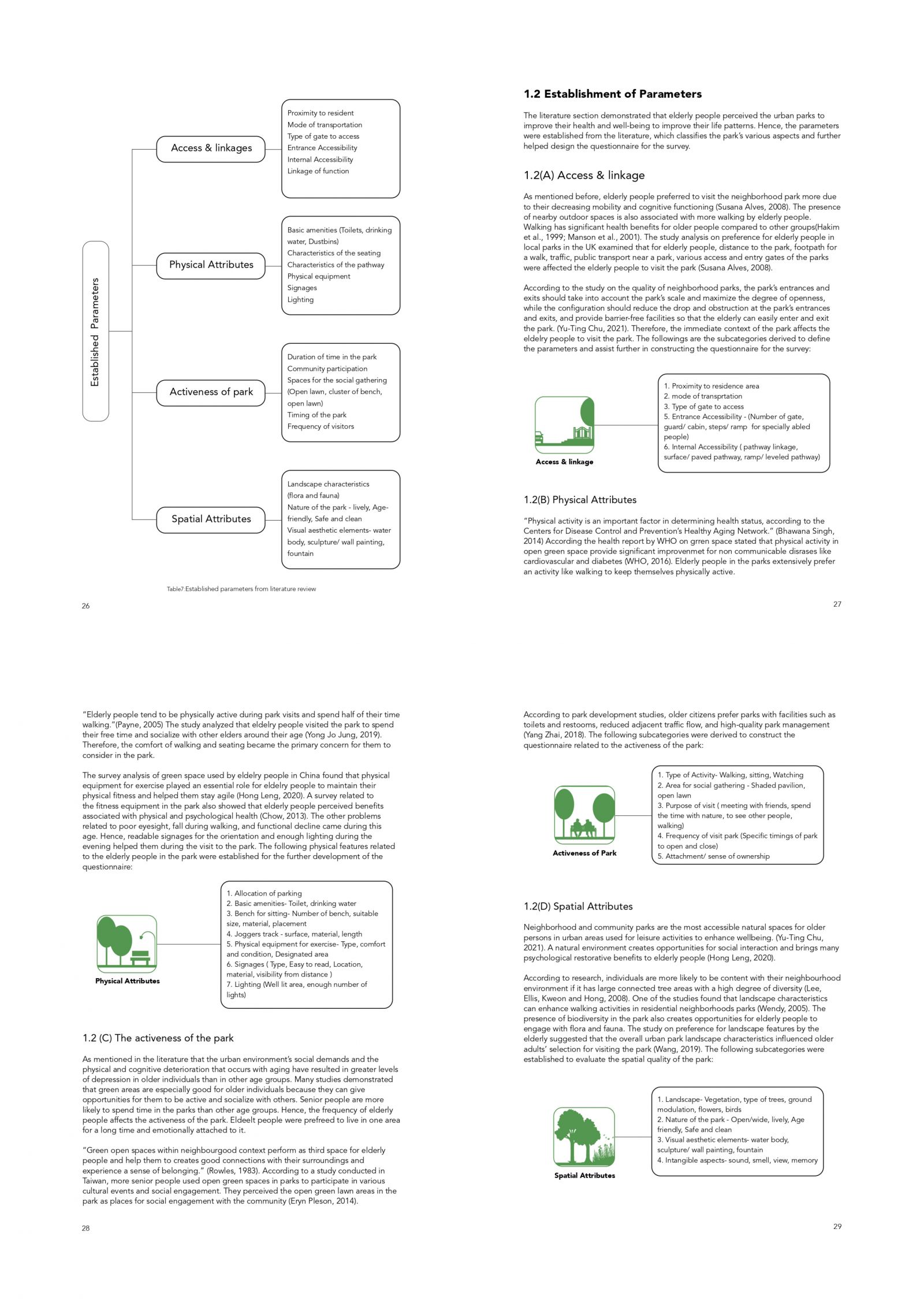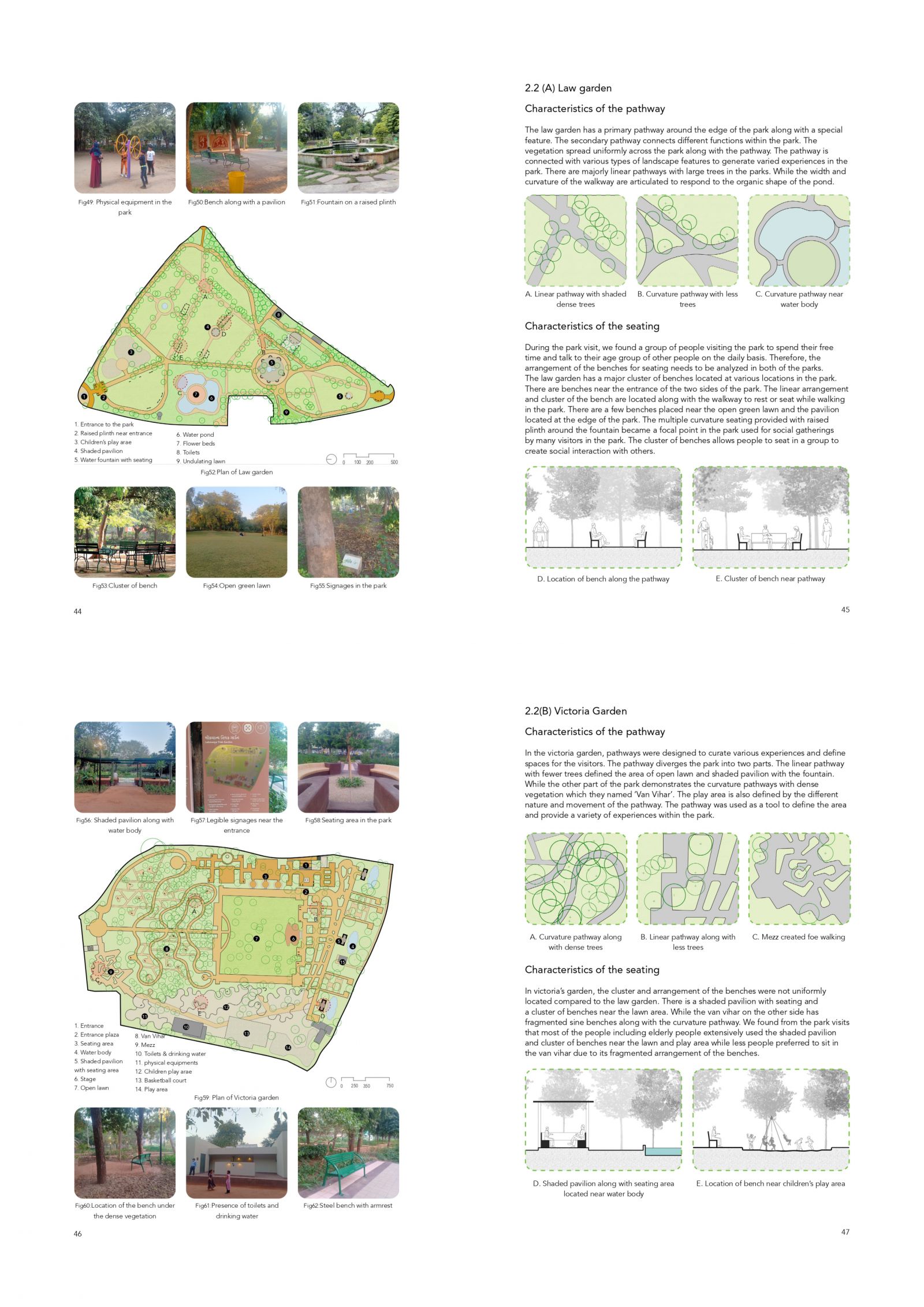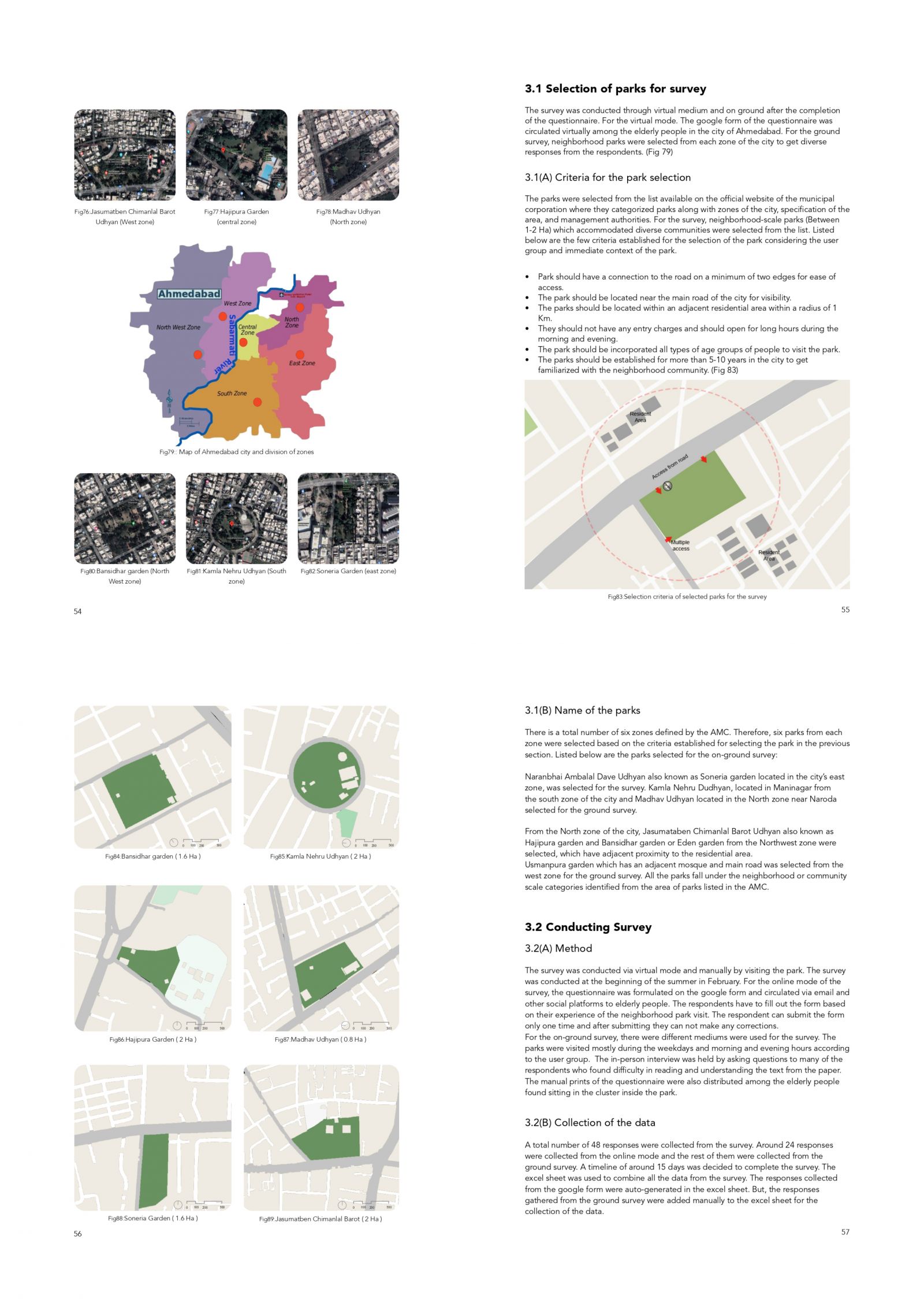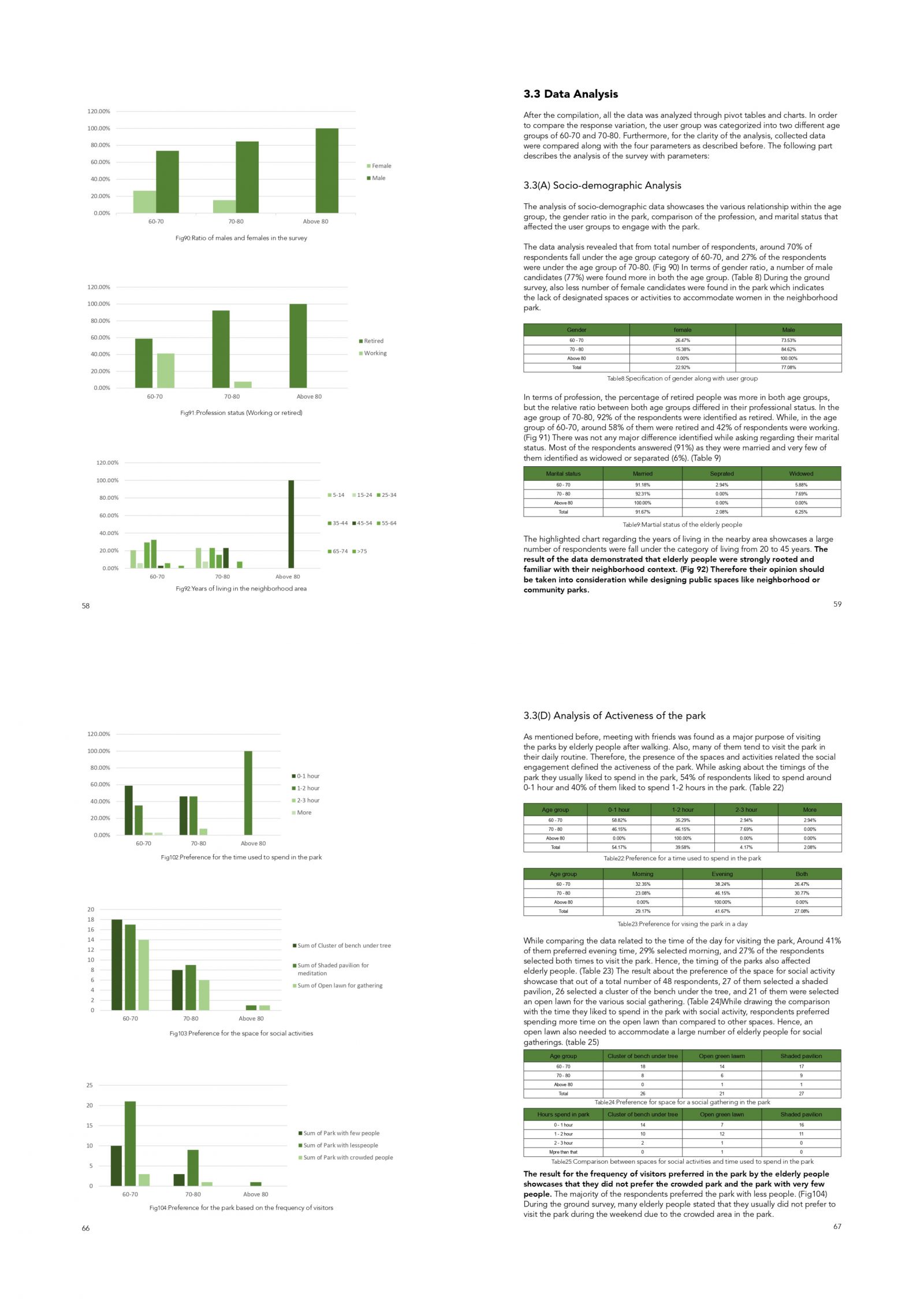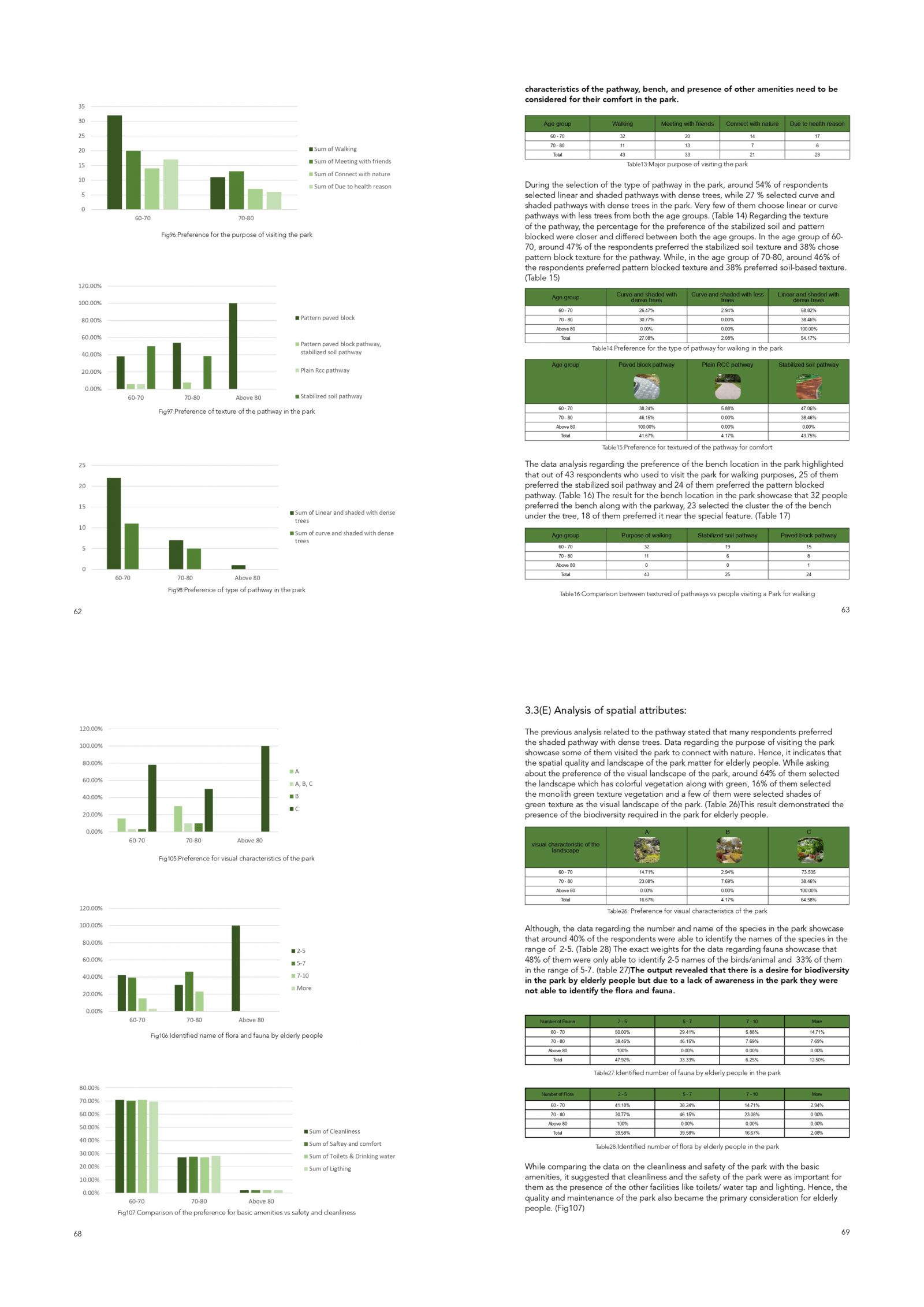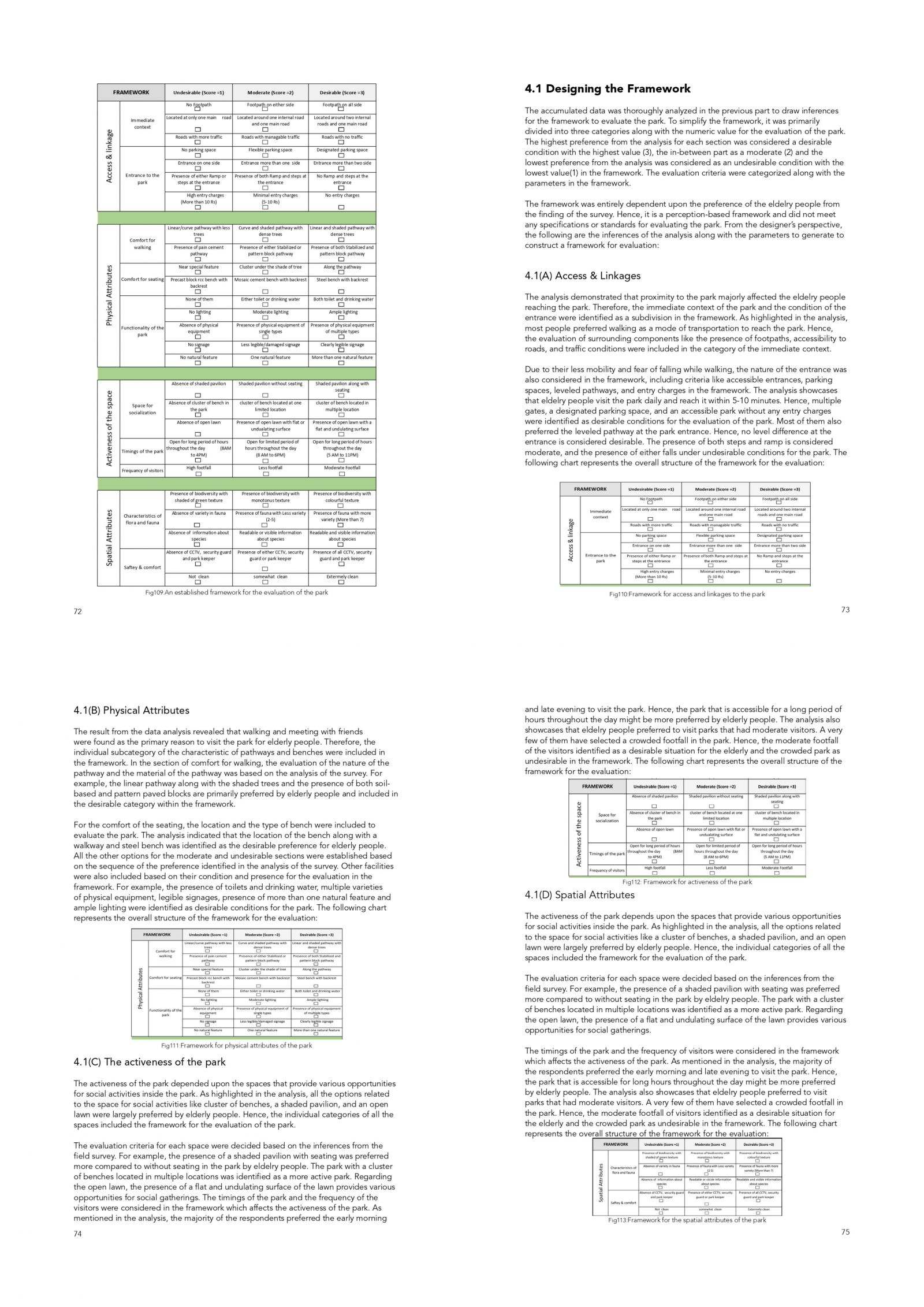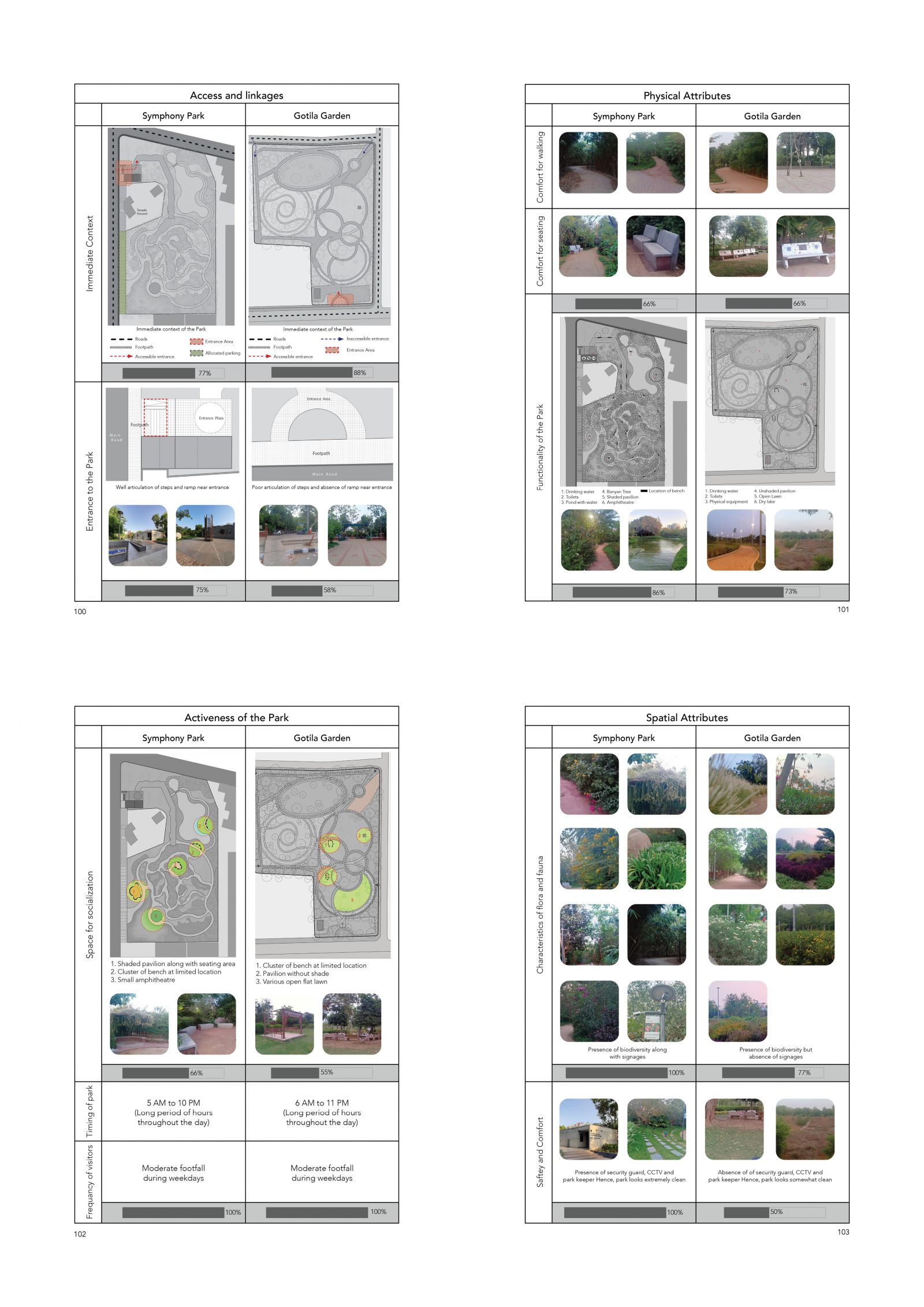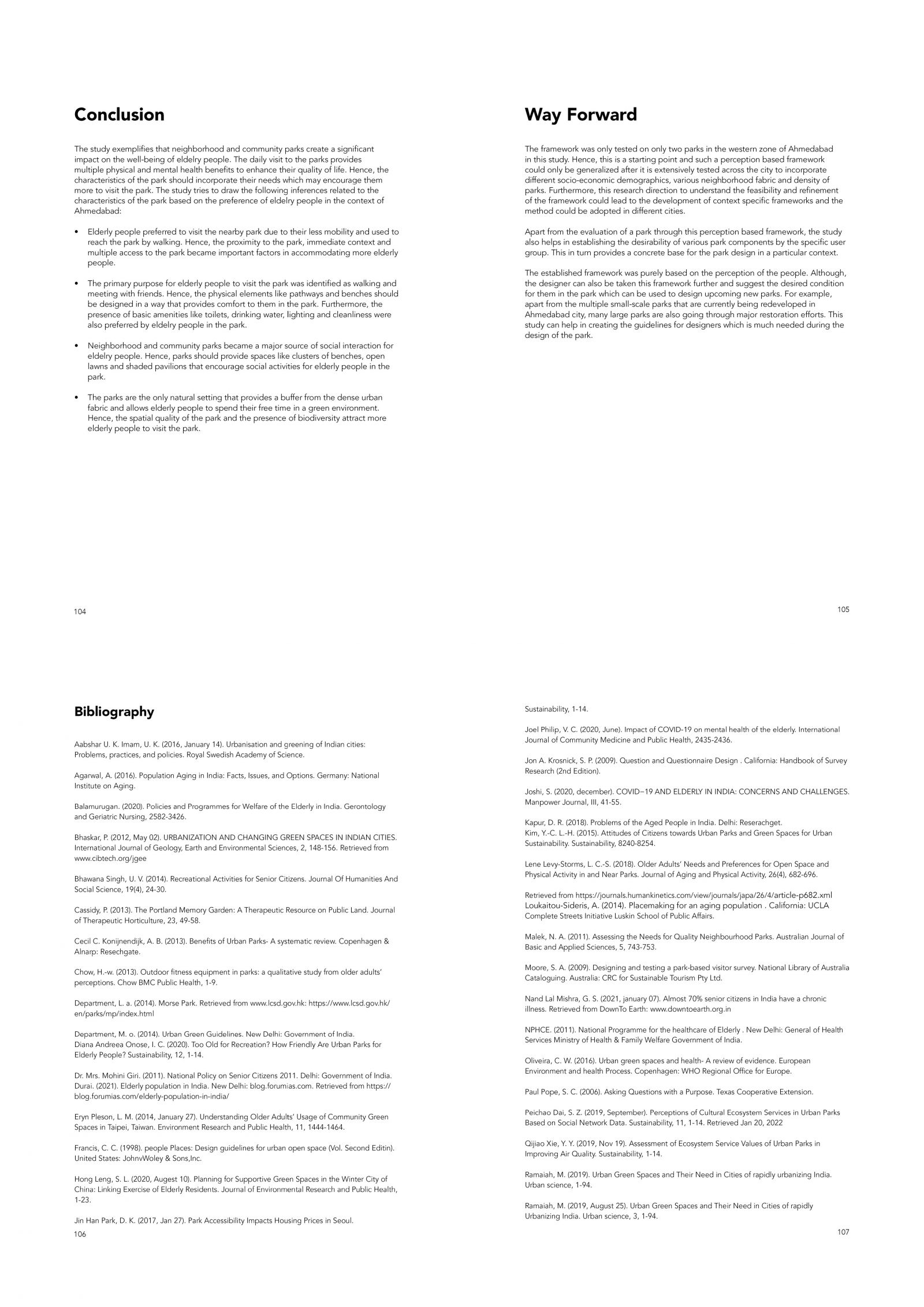Your browser is out-of-date!
For a richer surfing experience on our website, please update your browser. Update my browser now!
For a richer surfing experience on our website, please update your browser. Update my browser now!
The two significant forces currently shaping the global social environment are
urbanization and the aging population. In this context, developing senior-friendly
cities should be a priority, particularly in countries that face the highest rates of
aging populations. Urban parks are vital components of city infrastructure, serving
a wide range of purposes and delivering multiple benefits.
The social pressures of urban life, combined with the physical and cognitive
decline that occurs with aging and chronic illnesses, have resulted in increased
levels of depression in older persons when compared to other age groups. Parks
are the most accessible natural places in urban environments for older people,
positively enhancing physical and mental health and well-being. However, in
public settings such as parks, elderly people’s needs and consideration were
found as less important compared to other age groups. As a result, the study
emphasized the importance of including the demands and desires of elderly
people in urban parks to develop inclusive and senior-friendly parks.
A study was conducted on the parks in Ahmedabad, the seventh-largest city in
India and the largest in Gujarat, which is experiencing rapid urbanization due
to the increasing population. This study aimed to create a perception-based
framework for evaluating the park to foster an age-friendly atmosphere in the park
and improve the life patterns of the elderly. The parameters for the questionnaire
were determined by reviewing various peer-reviewed literature. In addition, the
survey was designed using several inferences from the contextual mapping, case
study, and pilot survey. The survey was conducted on elderly persons in order
to understand their preferences and needs in the park. The multiple inferences
derived from the survey analysis were used to develop the framework to evaluate
the park.

